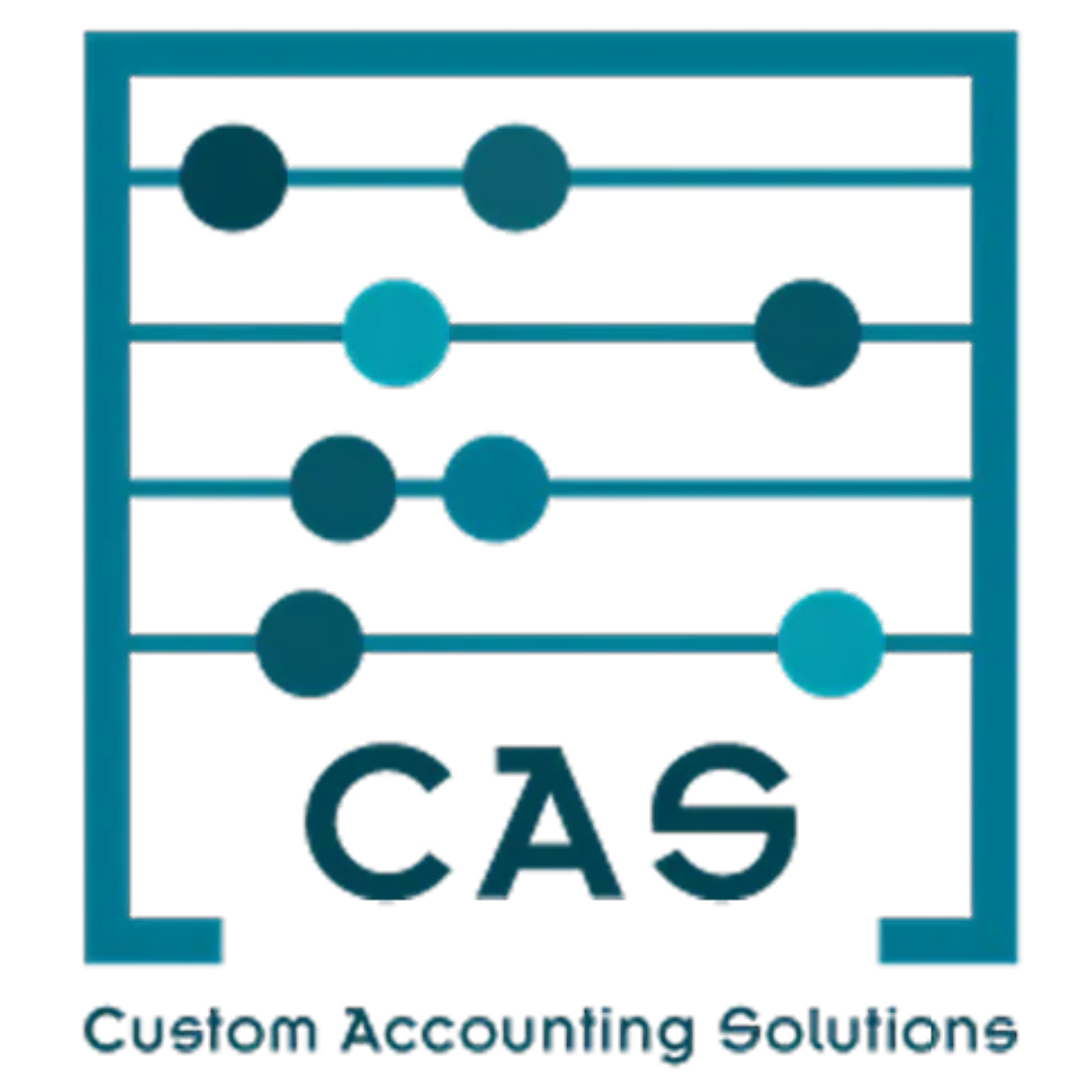Confusing Revenue Growth with Profitability: Why More Revenue Doesn’t Always Mean a Healthier MSP Business
Growth is the ultimate sign of business success for many Managed Service Providers (MSPs). It’s easy to get caught up in pursuing more clients, larger contracts, and higher revenue numbers; if your revenue is increasing monthly, that must mean your business is thriving—right? Unfortunately, that’s a very dangerous assumption any business owner might develop.
A growing top line doesn’t automatically mean you’re building a financially healthy or sustainable business. One of the most common and costly mistakes MSPs make is confusing revenue growth with profitability. You can land more clients, expand your service offers, and hit new sales records but still struggle to stay afloat. The problem is that revenue and profitability are not the same thing.
While revenue reflects the total income your business generates, profitability, on the other hand, measures what’s left after all expenses are paid out. Without understanding this distinction and paying close attention to your margins, it’s possible to grow your business in a way that creates more problems than it solves. Many MSPs fall into the trap of underpricing their services to win new clients, thinking that more clients will eventually lead to higher profits.
However, offering discounted rates can quickly eat away at your margins, especially if you’re not accurately tracking the real cost of service delivery. Things like technician time, vendor tools, licensing fees, support staff, and administrative overhead all add up. If those costs aren’t included in your pricing model, your profitability will surely suffer—even as your revenue rises.
Another common issue is failing to account for the increased costs associated with growth. Scaling a business requires investment, whether in hiring additional team members, expanding infrastructure, adding new tools, or increasing marketing efforts. These expenses can creep up quickly, and if a corresponding increase does not match them in profit, you’ll work harder for less return. This leads to a frustrating and unsustainable cycle where your business grows on paper, but your bank account doesn’t reflect it.
You may struggle to cover payroll, push off vendor payments, or even take on debt to make ends meet. Cash flow becomes a constant concern, even though you’re technically bringing in more money than ever. This disconnect can be incredibly stressful, especially when meeting client expectations, maintaining service quality, and supporting a growing team. The emotional toll can be just as damaging as the financial one. Business owners often feel overwhelmed, burned out, and stuck, even working longer hours while watching their profits shrink and their stress levels rise.
The good news is that there is a better way forward. The first step is to get a clear, detailed understanding of your cost structure. This means going beyond broad expense categories and drilling into what it costs to deliver each service you offer. Factor everything from labor cost and tools to onboarding time and customer support. Only when you know your actual costs can you price your services appropriately and ensure that every contract you sign contributes to your bottom line. Once you have clarity on your expenses, you can begin to shift away from competing on price and start positioning your MSP based on value.
Clients don’t always choose providers based on who’s cheapest; they choose based on trust, expertise, responsiveness, and most importantly, results. When you focus on delivering exceptional value and communicating that clearly, you can justify premium pricing and build stronger, more profitable relationships with your clients.
It’s also crucial to monitor key financial metrics. Tracking gross margin, net profit, average revenue per client, and customer acquisition cost will give you a much clearer picture of how well your business is performing. Don’t just celebrate new sales; look at how those sales contribute to your long-term financial health.
Another area that often gets overlooked is client profitability. Not all clients are equally valuable, and some may cost you money. It’s important to regularly review your client base and identify who is helping or hurting your bottom line. High-maintenance clients with low margins can drain your team’s time and energy, while your most profitable clients might require the least support. By analyzing this data, you can make more informed decisions about which clients to prioritize, where to adjust pricing, and which engagements may need to be restructured or ultimately let go of.
Setting goals around profitability, not just revenue, can also help you grow with intention. When you define success by how much you keep, not just how much you earn, your decision-making process changes. You’ll evaluate new opportunities more carefully, plan growth initiatives with greater precision, and build a growing and thriving business.
At the end of the day, real growth is not about having the biggest client list or the flashiest numbers on your sales report. It’s about building a business that can pay its bills, reinvest, support its team, and provide you with the financial stability and freedom that likely inspired you to start the company in the first place. By understanding the difference between revenue and profitability and making profitability a core business focus, you set your MSP up for long-term success. Growth for growth’s sake can be risky. But growth backed by solid margins, strong financial controls, and a smart pricing strategy? That’s a formula for a business that doesn’t just survive; it flourishes.
If your MSP's profitability isn’t where you want it to be, we can help.
